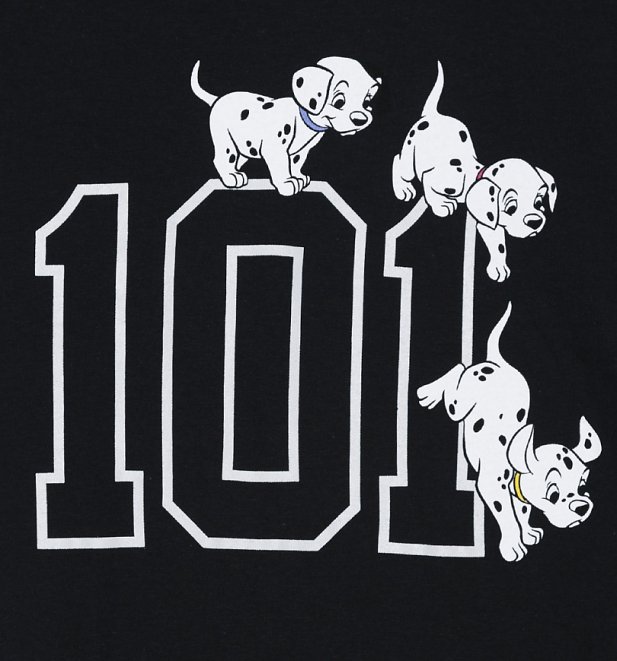- The process of merchandising is one that takes place – or rather, should take place – on every page a customer might reach. The homepage, the category pages, the product pages, the cart summary page and checkout form, the post-sales messaging – each page can influence either how likely a customer is to make a purchase, or how positive their experience is after doing so (which, in turn.
- In Free Marketing, Jim Cockrum has developed over 101 ideas that can help marketers and small business entrepreneurs to boost their revenue with only a small marketing budget. He offers insights that are applicable both online and for offline businesses.
|
In the first part of this 3-part series, our ecommerce experts discuss the basics of online merchandising and how to apply them to your online store. Get to know these proven techniques to help you take advantage of this consumer science and increase product sales in your ecommerce shop.

One of the most pivotal functions of any successful retailer is the ability to offer the right products to their customers. The merchandising team is concerned with the planning, sourcing, purchasing and arranging of the acquisition of these products. Key to any successful eCommerce operations, Merchandising is a core component of ensuring the coordination of various processes required to get the relevant products in stock and into the hands of consumers.
1. Planning
The first stage of retail merchandising is planning. During this phase, retailers must think critically about their brand and the needs of their customers, a Scribd report states. Products must be aligned with what shoppers expect a merchant to sell.
Additionally, retailers must consider how they will position their inventory to customers, taking into account factors such as potential competitors, the current business needs of the organization, price points and discounts they can offer.
2. Sourcing
Which manufacturers and distribution centers carry the products retailers want to sell? During the sourcing stage, merchants should strive to iron out this detail. The ability to buy low and sell high is critical because it allows businesses to quickly turn a profit. On top of that, merchants must also select a partner that won't run out of goods and fail to meet demands, as this costs retailers in terms of sales and compromises the quality of the customer experience.
3. Buying
Once the products are selected and the source identified, merchants can begin focusing on buying. Acquiring products is more than simply putting in an order. The buying price can cause a lot of issues for some merchants, particularly those inexperienced in merchandising.
Free Merchandising 101 Training
For instance, it may be tempting to order more product for a lower price to minimize price per unit. However, this can lead to capital being locked up if merchandise doesn't sell.
4. Arranging and displaying
This may sound like a step specifically for brick-and-mortar retailers, but eCommerce operations also depend on the effective arrangement of goods to increase sales. Web stores are essentially digital shelves, and presenting goods in a way that catches the eyes of online shoppers will lead to greater sales and conversion rates.
Free Merchandising 101 Classes

Free Merchandising 101 Degrees
Merchandising is a core retail function, so it's critical that those in charge of this process understand the four different merchandising phases. Stocking the right products is a critical factor in operating a successful retail/eCommerce business.
